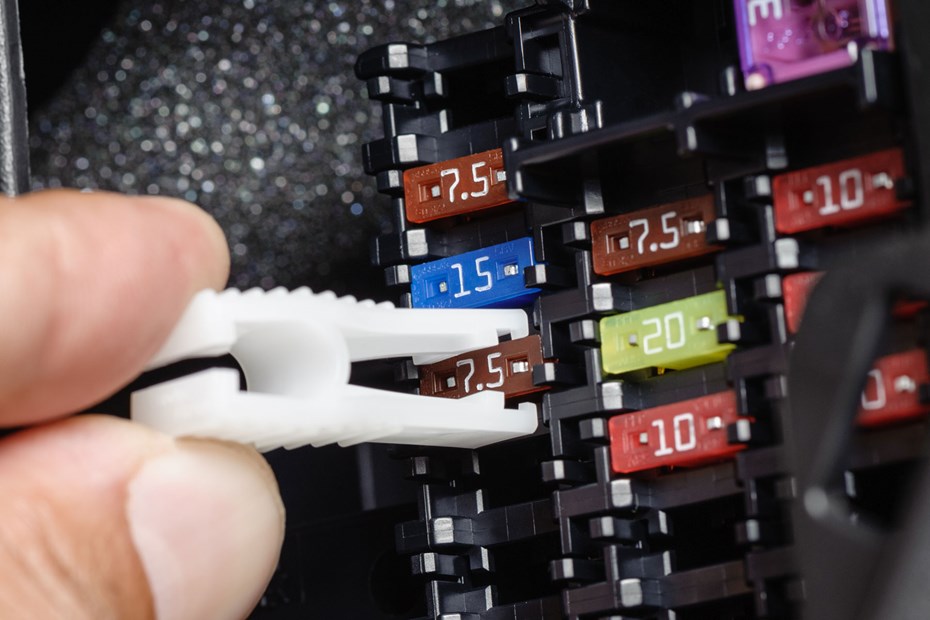When an item of electrical equipment in a car such as the wipers stops working, the first thing to check is whether the fuse has blown. If that’s the case, knowing how to replace car fuses could save you time and money spent at a garage. It’s a quick and easy fix, no specialist skills or knowledge are required, a couple of common hand tools might be.
Identifying the offending fuse and replacing it only takes a few minutes, so it can be done mid-journey if the non-functioning equipment is crucial to your ability to drive safely. In this guide, we explain how to replace car fuses, what you need to be careful about are and what to do if replacing a fuse doesn’t solve the problem.
What does a fuse do?
A car’s electrical system works in much the same way as that in your house. There’s a power source at one end of the system and various bits of electrical equipment are plumbed into it in a circuit. If a fault occurs in the circuit, the wiring can overheat and fail, potentially damaging the whole system, or even causing a fire.
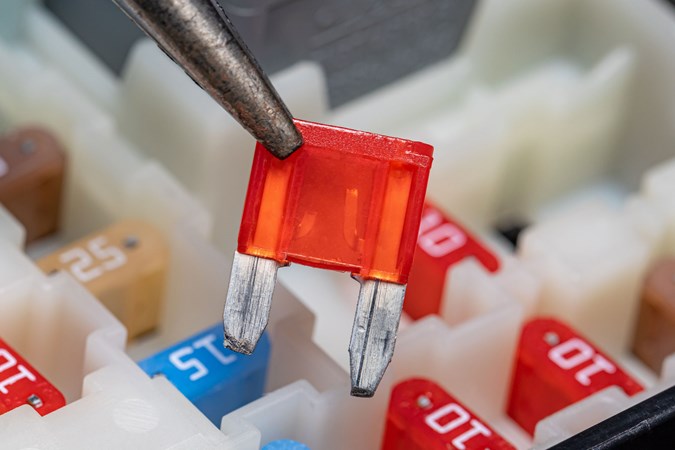
To prevent that, each circuit has a ‘sacrificial’ fuse. When excessive electrical current flows though the fuse, the metal strip within it melts, breaking the circuit. That protects everything else in the circuit from damage.
How do I change a blown fuse?
Changing a fuse can be done in just a few minutes. It may not cure the fault you’re trying to resolve, but it’s where most garages would start. The exact process can differ between cars, but our step-by-step guide goes through it in broad strokes that you can apply to your car.
Step 1. Find the fuse box
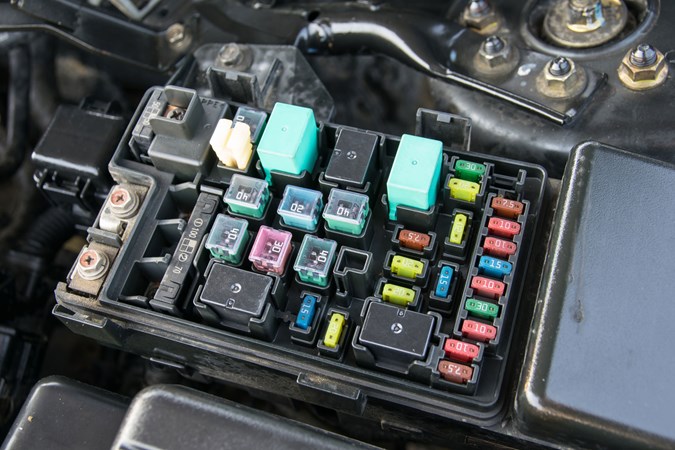
Your car’s owners’ manual will have a section on changing fuses that includes the location of the fuse box, a diagram of its layout and an outline of the replacement procedure. If you don’t have the manual to hand, searching online should turn up the relevant information.
Most cars actually have two fuse boxes – one somewhere in dashboard and another in the engine bay. Dashboard fuse boxes are usually found to the lower right of the steering column, or behind the glovebox.
The car’s manual should tell you which electrical items are routed through which fuse box. Generally speaking, the interior fuse box deals with the components most likely to suffer a failure such as the lights, wipers and infotainment system.
Step 2. Find the failed fuse
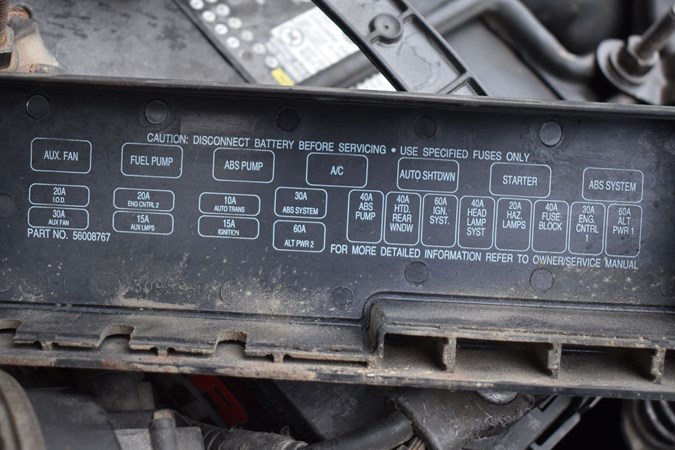
Make sure the ignition is off and/or the key is removed. For absolute safety, you could disconnect the battery. Next, open the fuse box. If it’s in the dashboard, it’s covered by a plastic panel that pulls away or drops down. Engine bay fuse boxes usually have a lid. If it’s behind the glovebox, you may have to pull the glovebox lid off its hinges. Be very careful not to break anything.
On the reverse side of the cover/lid, there’s a diagram showing which circuits are regulated by which fuse. Most fuses regulate several electrical items which may be described in rather general terms.
Once you’ve located the failed fuse, inspect it for obvious signs of burning or melting. Shining a torch on it may reveal if the strip has broken. Electrical failures that occur after driving through a flood or very heavy rain may be caused by moisture in the fuse box.
Not sure what a good fuse looks like compared to blown one? Just check out some of the other functioning fuses for reference.
Step 3. Remove the blown fuse
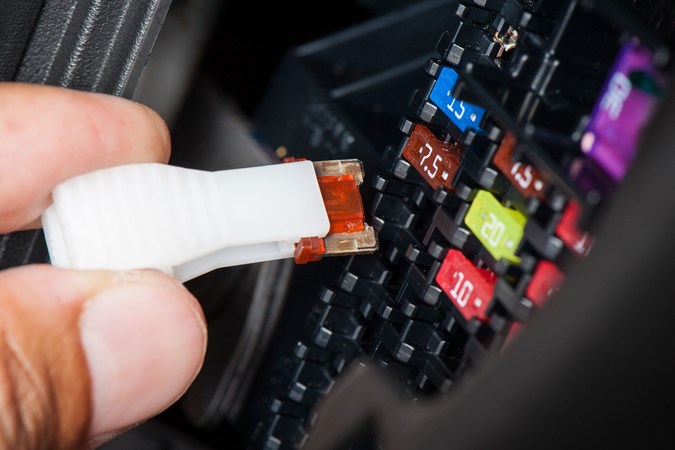
Once you’ve found the blown fuse, it needs removing. In many cars, there’s a fuse puller clipped to the fuse box cover/lid, or in the box itself. Latch it onto the head of a fuse, then slowly and gently pull the fuse out.
A pair of tweezers or small pliers will also do the job – you may even be able to use your fingers. Again, be careful to pull the fuse gently and slowly. If you break the head of the fuse before it’s out, it could be extremely difficult to extract.
Step 4. Plug in the new fuse
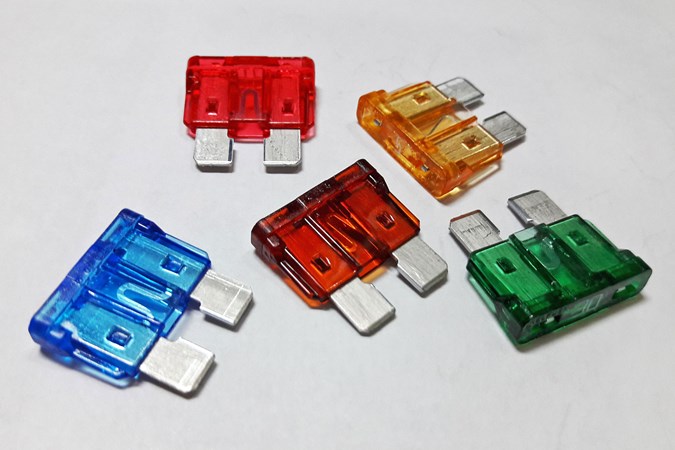
Each fuse a number on it – that’s its amperage. You must replace like-for-like, so make sure the new fuse is exactly the same. Too low or high an amperage could cause significant damage. Helpfully, the different amperages are colour-coded – five-amp fuses are orange, for instance.
Many cars have some spare fuses attached to the fuse box cover, or in ‘blank’ slots. otherwise, they’re available in multipacks from any car parts retailer. Double check that you have the right fuse and are putting it in the right slot before clicking it into place.
Step 5. Test the circuit
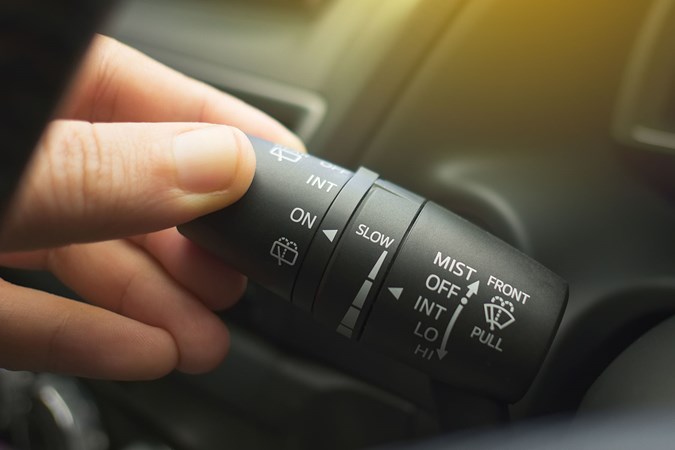
Once the fuse is replaced, turn on the car’s ignition and test the non-functioning electrical item. If it comes back to life, put the car back together and carry on with your day.
Do have a think about what caused the fuse to blow, though – there could be another issue that needs attention. If the wiper fuse blew, it could be that the wiper motor has become sticky and needs lubricating.
What if the new fuse blows immediately?
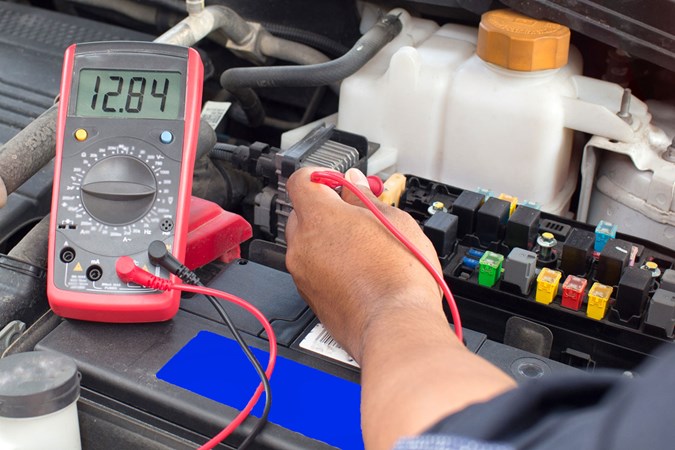
It can happen that there’s a sudden, inexplicable high load through a car’s electrical system and blows a fuse. You change the fuse, all the functions are restored and you carry on happily.
However, there are occasions when the new fuse blows immediately, or not long after. That indicates that there’s a more serious problem to deal with. You may be able to trace the fault yourself with a voltage meter and/or a diagnostic code reader. But, if you’re not confident about doing that, it’s time to book your car into a garage.



